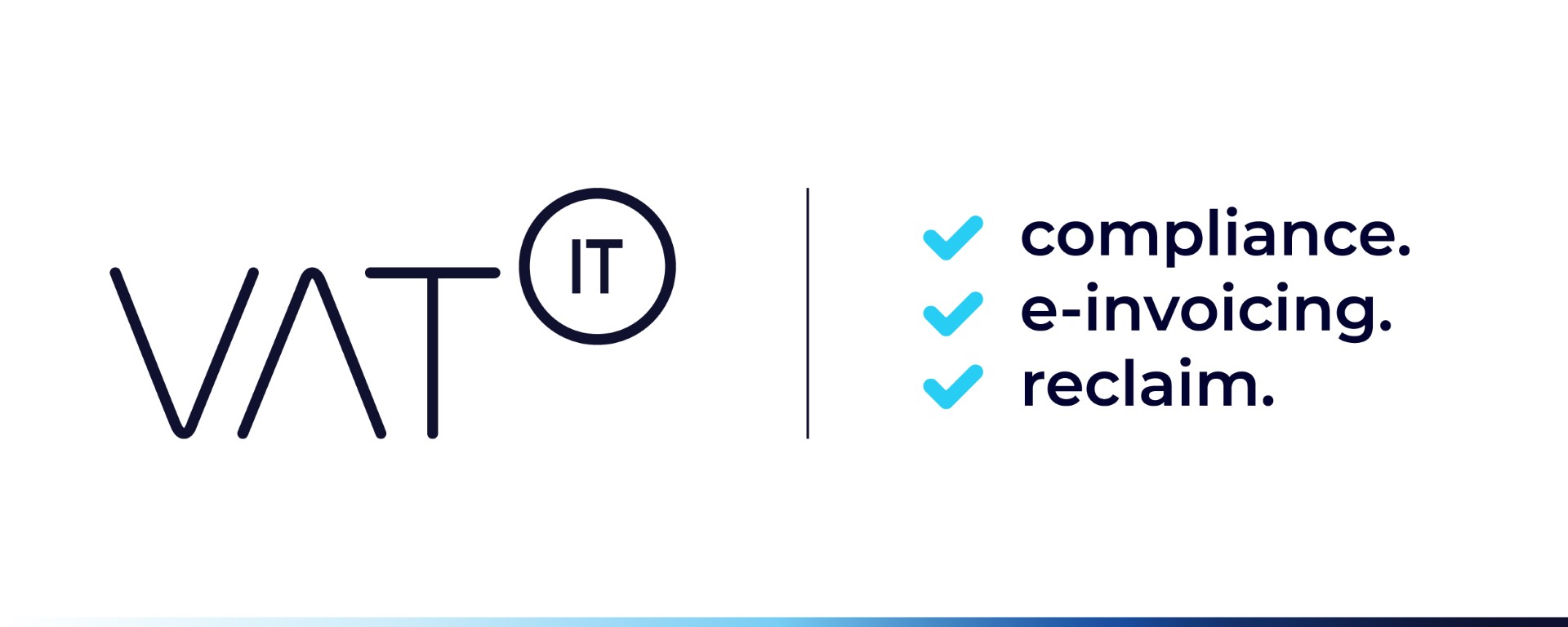- The VAT regulations do not define the concept of housing, so it is appropriate to define it, according to the usual notion of it, as a building or part of it intended for the habitation or dwelling of a natural person or a family, constituting their home or the seat of their domestic life.
- In this sense, the Supreme Court, in a judgment of June 5, 1992, defines housing as the physical space in which the human being can permanently develop his vital activities sheltered from external agents.
- Consequently, the tax rate to which the execution of rehabilitation work carried out in a residence must be taxed will be 10%, regardless of whether the building is to be used for business activities, provided that it is to be used as permanent housing for the elderly and that more than 50% of the total area, after the rehabilitation works, is used for housing.
Source: audiconsultores-etlglobal.com
Note that this post was (partially) written with the help of AI. It is always useful to review the original source material, and where needed to obtain (local) advice from a specialist.
Latest Posts in "Spain"
- Spain Delays Verifactu Digital Invoicing Mandate, Extends Deadline for Businesses by One Year
- Spain Approves Bill for Gradual ViDA Transposition with Staged Implementation Dates
- Spain Delays Verifactu E-Invoicing for SMEs and Self-Employed to 2027
- Malaga Bids to Host European Union Customs Authority Headquarters Amidst Strong European Competition
- Spain Delays Electronic Invoice Verification System Rollout to 2027 for All Taxpayers













